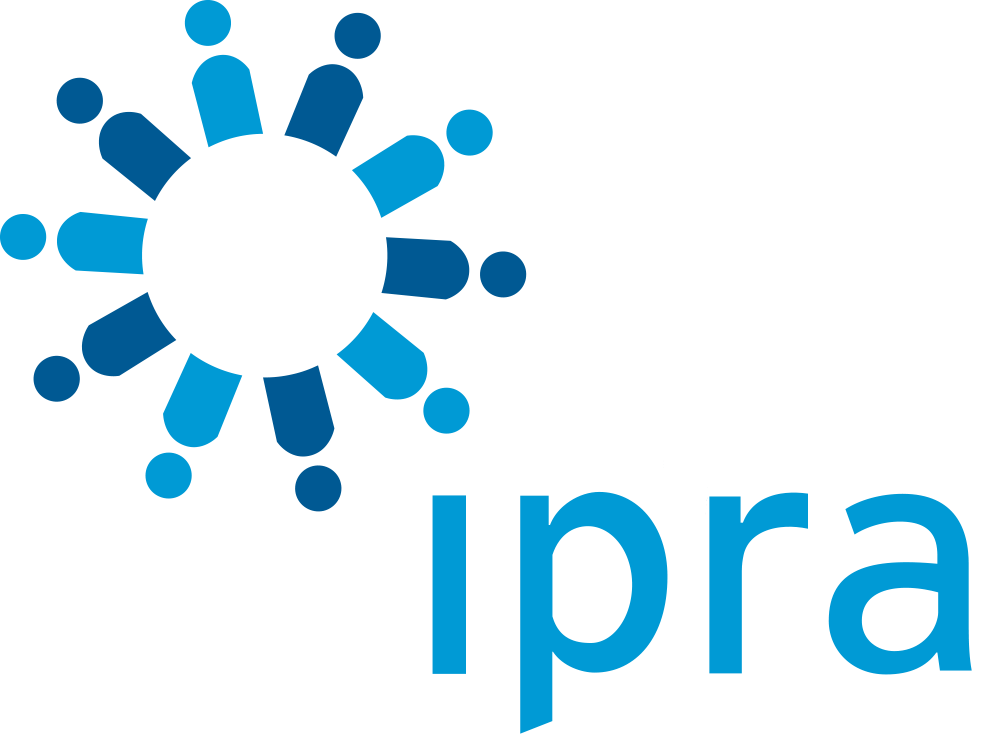ITL #264 - Scale isn’t everything: how to manage a big, global communications program by thinking small
6 years, 1 month ago
(Comments)
Large, multinational PR agencies aren’t the only option for clients seeking global reach. By Starr Million Baker.
It's been said many times, in many ways, but to borrow from U.S. Representative Ron Kind, "the world has become a smaller and more integrated place, with technology leveling the playing field like never before." The increasing globalization of consumers around the world is opening opportunities for all companies - large, small, domestic, or multinational - and with this, brands are increasingly taking a more global approach to their communications strategy.
There are three main options when looking for a partner agency to help when communications efforts need to have global reach and global relevance. The first, and perhaps the most obvious conclusion most companies jump to: large, multinational agencies. This type of agency may have the global footprint, but with that comes a large price tag and often highly bureaucratic team structures and formulaic strategies. The second option is to develop a network of smaller, regional agencies, each with localized specialties for their market. While this can often be more cost-effective, it requires in-house management of a disjointed global team. Is this the best use of a Communication Director's time?
The third option - and, as this piece argues, the most effective one - is to partner with a lead agency that can manage a network of regional agencies on your behalf. Fundamental to any good, global communications strategy is simply a good communications strategy. The most important aspect of a potential partnership is not the agency's geography, but their ability to understand and strategically align with your business priorities.
Prioritize finding an agency that focuses on targeted communications, customized to your goals and messages, and driven by fresh, data-driven ideas. The size and location of the agency are secondary - any agency can run global communications programs.
That is if the agency follows a few simple guidelines for effective global management.
Clearly define goals
As discussed above, first and foremost to any communications program is a clear understanding of business priorities. From this, a lead agency can work with the in-house team to define communication goals and build out an effective strategy to meet said goals.
It is then the lead agency's responsibility to communicate these goals regularly to the global team. It's essential to remind global team members how their work fits into the overall strategy.
At the same time, it is vital to regularly touch base with the in-house team to ensure priorities have not shifted. In this way, the lead agency acts as a bridge between strategy and execution, ensuring all work agencies are conducting around the globe is driving towards the same destination.
Clearly define a chain of command
It is important to establish the lead agency as the manager of all regional agency partners. With a network of agencies, communication can become complicated and/or redundant. An organizational chart that includes both in-house and agency players is a simple tool for laying out relationships in your organization and ensuring that everyone knows how to communicate essential information. Generally speaking, the lead agency is responsible for providing messaging, strategy, and regular updates to the regional agencies.
The lead agency should also act as a funnel for communication to the in-house team, taking ownership of day-to-day communication with the regional agencies while ensuring the in-house team is aware of high-level activities and roped in for more detailed discussion when necessary. Establishing this kind of structure streamlines communication across the globe and simplifies agency management for the in-house team, allowing you to focus on more critical aspects of your communications program.
Clearly define roles
An organizational chart can also go a long way for defining responsibilities and setting expectations for the lead and regional agencies. It not only helps define lines of communication but can also highlight where cross-agency relationships may be more cooperative for certain aspects of the communications strategy execution.
Media and analyst relations are a good example. Overall strategy and goals should come from the lead agency, in close cooperation with the in-house team, but ownership of regional media and analyst targets, outreach, and coordination should fall to the regional agencies as they have a stronger understanding of their media landscapes.
Defining who owns what and setting expectations for all agencies allows the lead agency to more efficiently manage and delegate to the global team while taking full advantage of the specialty regional teams bring to the table.
Clearly define communication channels
Now that you know the flow of communication, the lead agency should recommend and roll out best practices for communication. Email is always a safe bet, but other collaborative tools can benefit global team management. GoogleDrive or Box, for instance, are excellent tools for document management when you have several people who may be coming in and out of a document at different times throughout the day.
No matter what collaboration tools you use, there are two must-haves for any lead agency running a global communications team. First, a global email alias. A full-team alias helps prevent silos from forming and ensures that all information is available to all parties, which in turn helps reduce redundant communication and alleviate miscommunication.
Second, consistent meetings. A schedule for global team meetings forces the same level of communication as teams working in the same office, who naturally touch base more regularly. When establishing a schedule, don't forget about time zones. The lead agency should work to spread the burden so that no one time zone is always asked to dial in for a meeting at one in the morning.
Clearly define metrics for success
The lead agency should work with the in-house team to define metrics that will help the in-house team benchmark the success of the overall global communications program. Metrics should be SMART - specific, measurable, achievable, relevant, and time-based.
More importantly, metrics should be consistent across all regional agencies. When rolling out metrics, you also need to roll out a process and format for reporting on said metrics. The lead agency should establish a regular cadence for reporting and work with regional agencies to review progress, share experiences and successes, and discuss problems. This process allows the in-house team to confirm that the metrics still measure what they intended to measure.
The process also empowers regional teams to effectively report to the lead agency, who can then consolidate and effectively report to you. The ultimate goal of any agency should be to provide you with what you need to communicate success to your internal team.
In real estate, they say it's all about location, location, location, but when it comes to running a global communications program you are better suited finding an agency that is enlightened, effective, and efficient.
A smart, small agency is more than capable of running a global communications program. So, find an agency you can trust and let them show you what they can do.

The Author
Starr Million Baker
Starr Million Baker is the founder and CEO of INK Communications Co., an agency headquartered in Austin, Texas.
mail the authorvisit the author's website
Forward, Post, Comment | #IpraITL
We are keen for our IPRA Thought Leadership essays to stimulate debate. With that objective in mind, we encourage readers to participate in and facilitate discussion. Please forward essay links to your industry contacts, post them to blogs, websites and social networking sites and above all give us your feedback via forums such as IPRA’s LinkedIn group. A new ITL essay is published on the IPRA website every week. Prospective ITL essay contributors should send a short synopsis to IPRA head of editorial content Rob Gray emailShare on Twitter Share on Facebook


Comments